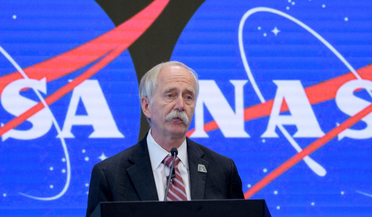 12 July 2019
NASA reassigns top leaders in Moon 2024 programme
12 July 2019
NASA reassigns top leaders in Moon 2024 programme
..., NASA Administrator Jim Bridenstine has informed staff that key figures, including the widely respected director of human spaceflight Bill Gerstenmaier, will be replaced as part of a major shake-up at the agency. The move, which has come as a shock...
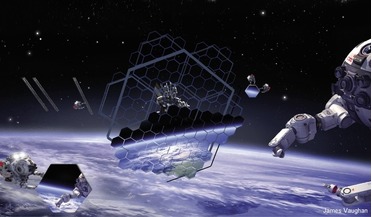 June 2021
Autonomous robots in space
June 2021
Autonomous robots in space
...conducted at the University of Surrey, UK. Space science and human spaceflight were very much at the origin of the global space ... of space technologies. Today, the inherent challenges for humans in the space environment provide at least some of the...
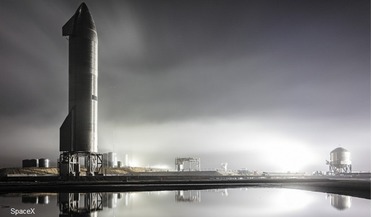 April 2021
Space industry trends in the pandemic
April 2021
Space industry trends in the pandemic
...has continued to make tremendous progress in 2020, successfully delivering historic missions to Mars and the first commercial human spaceflight to the International Space Station (ISS). This year could be even better, suggests Josephine Millward. The...
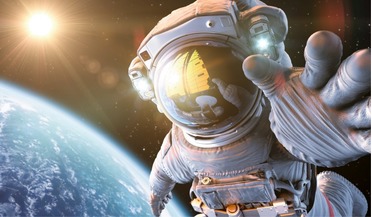 June 2022
Pandemic parallels
June 2022
Pandemic parallels
...training. Similarly, the idea of quarantine and isolation for protection against infection is one that is not new to human spaceflight. The early Apollo moon landers had to quarantine themselves before launch, to prevent infection ruining the mission...
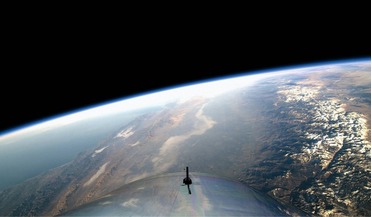 September 2021
Near space - the air-space boundary question, astronauts and space tourism
September 2021
Near space - the air-space boundary question, astronauts and space tourism
... development, the Virgin Galactic and Blue Origin flights have finally delivered sub-orbital, non-governmental human spaceflight for recreational purposes. However, although the participants who flew on the first Blue Origin and Virgin...
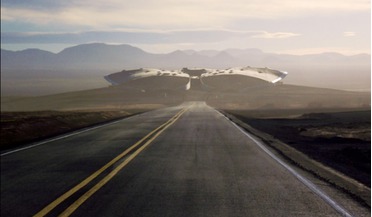 August 2016
Exploring the problems of criminal justice in space
August 2016
Exploring the problems of criminal justice in space
... duration or interplanetary missions will require a space traveller very different from the ones currently recruited for human spaceflight. In either case, some form of criminal code may not only be desirable, it may be critical to the success of the...